About the irretrievable loss of armored vehicles of the USSR and Germany in 1943
The fact is that in 1943 the Soviet Tanks and self-propelled guns received critical damage, excluding the repair of damaged armored vehicles 1,5-2, and possibly more times more often than their German opponents. As the analysis of the German losses on the Kursk Bulge shows, their level of irretrievable losses was 20, maximum 30% of the total losses of armored vehicles, and for Soviet tanks and self-propelled guns it reached an average of 44%, but could be even higher. What did that mean? Roughly speaking, in order for the Germans to completely destroy 40 Soviet tanks, they had to hit 100 of these combat vehicles in battle, but in order for our soldiers to destroy 40 German tanks irrevocably, they had to kill 150-200 or more.
Why did this happen?
The first reason is very simple.
The Germans in 1943 attached great importance to the destruction of disabled enemy armored vehicles. That is, it was not enough for them to knock out a Soviet tank - they still had to make sure that it was damaged, completely incompatible with further combat activity. If they doubted that the equipment received such damage - tankers or sappers undermined it. This activity was put on stream by the Germans. Ours, although they were doing the same, but there is a persistent feeling that they didn’t apply such efforts as the Germans to the removal of the previously wounded German armored vehicles. However, the author does not have exact figures on this issue.
The second reason, it is the main
It consists (now you will laugh) in the weakness of the armor protection of German tanks. Yes, yes, you heard right: it is very likely that it was the weakness of armor that reduced the level of irretrievable losses of German armored vehicles!
How so? A very simple. In previous articles, we examined in detail the evolution of German anti-tank artillery in 1942. Faced with the Soviet T-34 and KV tanks, the Germans were forced to quickly saturate their battle formations with specialized 75-mm anti-tank guns like towed (Pak 40), and installed on at least specialized anti-tank self-propelled units ("Marder" and so on.). But this was not enough for them. In the Wehrmacht there were SAUs whose main task was to support infantry units and which were armed with short-barreled 75-mm gun (StuG), very little suitable for fighting enemy armored vehicles - they were redesigned for long-barreled 75-mm gun, thus adding the usual anti-tank gun to anti-tank guns. opportunities. In addition, new German tanks also received similar 75-mm guns.
And if during the 1942 the Germans had to resort to various kinds of ersatz, such as the massive use of French 75-mm captured guns and (in much smaller volumes) domestic F-22, which were not created as specialized VET guns, then throughout 1943, this flaw has been completely eradicated. If in 1942 the Wehrmacht and SS units received 2 144 units. Pak 40 and 2 854 French guns installed on the German carriage and named Pak 97 / 40, then in 1943, the number transferred to the Pak 40 troops reached 8 740 units. At the same time, the production of anti-tank guns of smaller calibers in 1943 g was minimized - if 1942 4 units were produced in 480. very good long-barreled 50-mm Pak 38, then 1943 2 units created them in 626, and at that completely stopped their production. Mass use of captured technology was also not.
Therefore, on the whole, it can be stated that in 1943 the German anti-tank defense was based on a specialized and very powerful 75-mm artillery system capable of successfully fighting our T-34 and KV. But this, of course, is not all.
In 1943, the mass use of new type German tanks began: it goes without saying about the “products” of the TV “Panther” and the T-VI “Tiger”. I must say that until that time, both the Red Army and the Wehrmacht had an ultimatum-powerful weaponsable to destroy almost any enemy tank at a direct shot range, and even more. This, of course, is about the famous German 88-mm and a few less well-known, but also extremely powerful domestic 85-mm anti-aircraft guns.
Both those and others had a sufficient level of armor penetration and the power of the projectile to combat enemy armored vehicles, but there were important factors limiting their use. First, it was nevertheless anti-aircraft guns that were needed to counter enemy aircraft, and distracting them to destroy enemy tanks meant weakening the air defense system in favor of anti-tank guns - and this was not always acceptable. Secondly, such weapons were too expensive to create VET on their basis, and there was no need for this, since even the most powerful armored Soviet vehicles could handle smaller caliber artillery. It should be understood that even the industrial power of Germany could not provide for the production of 88-mm "AHT-KOMA-AHT" in the volumes covering the needs of the air defense of the troops and the country. Thirdly, the requirements for anti-aircraft and anti-tank guns are fundamentally different. For example, an anti-tank gun should be made as low and invisible as possible. And, since its main combat distance does not exceed the range of a direct shot, a large angle of elevation is not required for a PTV cannon, which makes it possible to dispense with a low carriage. The anti-aircraft gun is the opposite: the angle of elevation must be under 90 degrees, which requires a high carriage. In addition, the anti-aircraft gun necessarily need a round-up attack, and it should turn around quickly, pull openers out of the ground and deploy a cannon during the shelling of enemy aircraft once. For an anti-tank gun, such a skill, too, in general, would not be superfluous, but they can also be neglected. On the other hand, dimensions and mass are extremely important for a VET instrument, since in battle it is very important that the calculation be able to roll it on its own, but for an anti-aircraft gun it is absolutely not necessary, etc.
As a result, anti-aircraft guns, of course, was a formidable, but highly situational anti-tank tool. Once in the right place at the right time, anti-aircraft guns could stop almost as many enemy tanks as there were shells in their ammunition, but at the same time, after finding their positions, they became very vulnerable to the enemy’s field artillery, and due to the large size and weight could quickly change position.
Understanding the shortcomings of the 88-mm anti-aircraft guns as a means of VET, the Germans tried to solve the problem radically. Simply put, they put this, in any respect, outstanding artillery system on the tracks, protected from all sides by 100 mm armor, which provided it with the necessary mobility, and almost ultimatum protection from field and anti-tank artillery.
This, in fact, turned out to be the T-VI “Tiger” tank, which, for all its many shortcomings and in those cases when it was still able to be delivered to the battlefield in a timely manner, was a perfect anti-tank weapon at five minutes. Total Germans in 1943 r released 643 such machines. But that's not all - in the 1943, the troops began to receive a specialized anti-tank towed 88-mm gun Pak 43 and Pak 43 / 41, which differed from the Pak 43 using the classic gun mount from the 105-mm gun.
Being a perfect "tank killer", "Tiger", due to the large mass, huge fuel consumption and other operational characteristics, was not at all suitable for use as the main combat vehicle for tank divisions. In this role, the Germans assumed to use the T-V "Panther", which was a creative rethinking of the ideas embodied in the T-34. We will look at the technical characteristics of this outstanding offspring of the German tankoprom later, but for now let's stop only on its main armament: 75-mm KwK 42 guns.
Prior to his appearance, 75-mm KwK 40 with barrel length 43 and 48 gauges were massively installed on German armored vehicles. The speed of the caliber armor-piercing projectile of these guns was 770 and 792 m / s, respectively, which was quite enough for a confident defeat of the T-34 even to the frontal projection at a distance to 1000 m, however, the frontal part of the body penetrated reliably only on the 500, possibly 700 m. But the 75-mm KwK 42, mounted on the Panther, had a barrel in 70 lengths of caliber and informed its caliber armor-piercing projectile initial speed in 935 m / s. Of course, the T-34 did not defend the armor at all from such strikes, and at a direct shot range the Soviet tank made its way into any projection: it could only be counted on a ricochet, which was possible only with extremely successful (for T-34) circumstances.
And what's the "direct shot"?
It is possible, dear reader, already wonders why the author of this article constantly uses the phrase “direct shot range”. The fact is that so many lovers of military stories estimate the range of the tank battle solely in terms of the armor penetration capability of the weapons of the participating armored vehicles. That is, for example, if the tabular armor penetration of KwK 42 was at a distance of 2 km as well as 89 mm steel homogeneous armor, then the Panther could easily destroy T-34 from a distance of 1,5-2 km. However, this approach is too one-sided, since it does not take into account the possibilities of sights of armored vehicles of that time. But it did not provide some reliable defeat of enemy tanks at such great distances.
What is the direct shot range? This is the largest sighting range, when shooting at which the average trajectory does not rise above the height of the target.
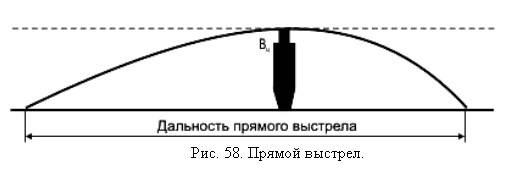
That is, with such a shooting, in order to hit a target, you need to aim directly at a tank, at a hull or a tower, depending on the range, but the point is that by pointing the gun at an enemy vehicle, the gunner will hit it. But for firing at a distance greater than the direct shot range, it will be necessary to solve a geometric problem similar to that calculated by naval gunners: determine the range and movement parameters of the target, calculate the necessary corrections, because even at 20 speed km / h tank in a second overcomes 5,5 m., etc. All this is difficult and reduces the likelihood of rapid destruction of the target, while enemy tanks, even being taken by surprise, will naturally try to get out of the shelling, so that the PTO weapon or tank unmasks its position in vain. Thus, the actual combat distances during the Great Patriotic War were significantly lower than the tabular armor penetration of German tanks allowed. As an example, consider the table cited in the monograph by A. Shirokorad “God of War of the Third Reich”, devoted, as you can easily guess, to German artillery of the corresponding period. The table was compiled on the basis of 735 research of padded tanks and self-propelled guns: reports were taken, in most cases measurements were taken from the location of the wrecked car to the position of German tanks or PTO artillery.
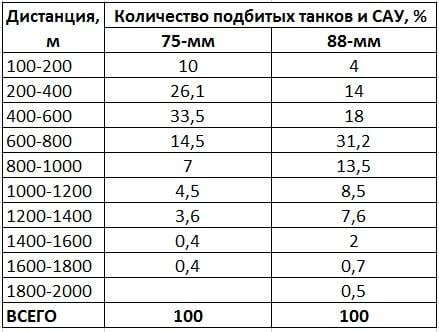
The above data irrefutably shows that in most cases 75-mm German guns fought an anti-tank battle at a distance of 400-600 m (33,5% of cases), and 88-mm - 600-800 m (31,2%). At the same time 75-mm guns hit 69,6% of their targets at a distance from 100 to 600 m and 84,1% from 100 to 800 m, and 88-mm guns - 67,2% at a distance from 100 to 800 m and 80,7% - at a distance from XNUM mm to 100 m.
Unfortunately, the fact that the real distances of the battle were significantly lower than those that in theory provided armor penetration of guns are often forgotten, and this leads to completely wrong conclusions. A simple example: as we said earlier, the X-NUMX-mm T-IVH gun penetrated the frontal T-75 armor, with the exception of the frontal part at the 34 1 distance, and according to some sources, even the 000 1 m, and the frontal part could penetrate meters from the 200 -500. The Soviet tank, although it could penetrate the frontal armor of the turret with a continuous solid armor-piercing projectile at a distance of the order of 700 m, but 1000 mm frontal hull parts could penetrate only with a sabot projectile and only from a distance of no more than 80 m or even less.
It seems that this gives the German tank a deafening advantage in the case of a head-to-head duel. But if we assume on the basis of the statistics presented above that almost 70% of such duels took place at a distance of 600 m, and in 36,1% of cases tanks fought at a distance not exceeding 400 m., Then we understand that in this, in general, then, a tactical situation that is unprofitable for the T-34, the superiority of the German tank is not at all as great as it might have seemed on the basis of armor penetration tables. And yet - it becomes clear how important the tank height is, because the higher the tank, the farther the direct shot distance on it: the same American "Shermans" German anti-tankers could hit from a greater distance than the T-34.
Does all this mean that the German designers were wrong in their desire to provide the Panzerwaff with extremely powerful tools of 75-88-mm caliber? Yes, nothing happened. First, the more powerful weapon has a flatter trajectory of the munition, which means a longer direct shot range than the less powerful one. And secondly, at relatively short distances - up to 600 m for 75-mm guns and up to 1 000 m for 88-mm, these artillery systems with the highest probability provided breakdown of armor of the same T-34 and rupture of an armor-piercing projectile in zabronevom space.
Brief conclusions on the Wehrmacht PTO in 1943
So let us briefly summarize the main trends of the German VET and tank guns in 1943. The German army re-equipped the long-barreled 75-88-mm anti-tank guns, and this applied to both towed artillery and tanks and self-propelled guns, while continuing to be widely used as means of VET 88-mm anti-aircraft "aht-coma-aht". The consequences were not long in coming. If until September 1942, 75-mm artillery accounted for just 10,1% of all damage inflicted on Soviet tanks, and for 88-mm guns, this figure was vanishingly small 3,4%, and more than 60% of all damage gave 50-mm guns, in the Stalingrad operation, the percentage of damage caused by 75-mm and 88-mm guns was already 12,1 and 7,8%, respectively. But in the Oryol offensive operation, 40,5% of all damage was inflicted with 75-mm caliber guns, and 26% with 88-mm caliber guns, that is, in aggregate, the artillery systems of these calibers provided 66,5% of the defeats of Soviet tanks!
In other words, in the 1942 g and earlier, the main means of the PTO in the Wehrmacht were guns of caliber 50-mm or less, and in 1943 g - 75-88-mm. Accordingly, the number of penetrating armor protection covers of Soviet tanks increased: until September 1942, the proportion of such holes was 46% of their total number (except through ones, there were also non-through holes), in the Stalingrad operation they accounted for 55% of all defeats, and in Orlovskaya offensive operations reached 88%!
And so it happened that in 1943, our tank units apparently faced a sharp increase in irretrievable losses, because the main mass of enemy hits were given 75-88-mm projectiles that pierced T-34 and KV armor and exploded in the armored space. The rupture of such a projectile in the ammunition or in the fuel tank practically guaranteed the destruction of the T-34, without the slightest chance of recovering it: the explosion of the ammunition assembly completely destroyed the car, and the burned cars in 87-89% could not be recovered. But even if nothing like this happened, the relatively heavy German projectile could have completely destroyed the domestic tank — and, alas, did it.
And what about our vet?
She, alas, was "corrupted" by the weakness of the protection of German tanks. Under the conditions when the body armor of the main mass of the German “triples” and “fours” even in 1942 did not exceed 30-50 mm, even the famous “forty-five” 45-mm anti-tank cannon arr. 1937 g. With a barrel length 46 gauges.
However, 40-50 mm of armor already presented some problem for it, therefore 1942 developed an improved model of “forty-five” with a barrel in length of 68,6 caliber - this is M-42.
This artillery system accelerated caliber armor-piercing projectile weighing 1,43 kg to speed 870 m / s, which was 110 m / s more than the gun mod. 1937 d. By its combat capabilities, M-42 was close enough to the capabilities of the German 50-mm Pak 38 (if not to take into account the quality of the shells), but there is a nuance - M-42 went to the series in 1943, that is, exactly when Pak 38 was withdrawn from release.
In general, of course, the M-42 was quite a formidable means of VET due to its low weight and size, the comparative cheapness of production, and most importantly, due to the overt weakness of the onboard booking of the German T-III and T-IV tanks, which usually did not exceed 30 mm. It was easy to hide the M-42, arranging the batteries so that they covered each other with crossfire, so the Germans had no opportunity to stand in front of them all in front of them. But it cannot be said that there were so many of these cannons in 1943, for all this year 4 151 units were fired.
A remarkable anti-tank gun was 57-mm gun mod. 1941 ZiS-2, shooting 3,19 kg caliber projectile with an initial speed 990 m / s.
Such an ammunition could well hit 80-mm T-IVH armored plates in the forehead at a distance of about 500 m, ZiS-2 could easily withstand even Tiger tanks. But the truly mass production of the ZIS-2 in the war years was not established - the 1941 g produced the entire 141 gun, and then removed them from production to 1943 itself. But in 1943 g only 1 855 was transferred to the troops such guns: it must be said that the ZiS-2 was too late for the Kursk Bulge, because of all the forces that the Red Army managed to concentrate there, they were armed only with the 4 anti-tank regiment.
Thus, the main gravity of the anti-tank battles continued to be carried by the “expert of all trades” 76,2-mm ZIS-3, the production of which in 1943 amounted to 13 924 units.
But with all its undeniable merits, this artillery system was in no way a specialized anti-tank weapon. The ZIS-3 informed its caliber armor-piercing projectile with an initial speed of only 655 m / s, which was more or less enough for the bulk of the German 1942 armored vehicles, but for 1943 it was no longer too good.
And what else? Of course, there was an excellent 85-mm 52-K anti-aircraft gun that could confidently hit German tanks at a direct shot range, but these guns were few — in all the years of production, from 1939 to 1945, they were produced by 14 422 units, and they desperately needed our air defense.
As for domestic armored vehicles, the bulk of the Soviet 1943 tanks of release had the 45-mm or X-NUMX-mm F-76,2 cannons, the latter approximately in their anti-tank capabilities approximately Zis-34. As for the ACS, their main mass consisted of light SU-3, all with the same 76-mm gun, and SU-76,2, which was armed with 122-mm short-barreled howitzer with a barrel length 122 caliber.
By the way, very high hopes were pinned on the latter precisely in terms of the anti-tank war, since it was assumed that their cumulative shells would become a very formidable weapon. The shells turned out to be formidable, but very quickly it turned out that because of the “mortar” ballistics of 122-mm howitzers, it was very difficult to get into the enemy tank from it. Our tankers began to receive specialized anti-tank ACS first tanks with 85-mm guns only from August on 1943, they simply did not have time to significantly influence the results of this year’s battles. Of course, if you look at the release time, it seems to be a good idea: from August to December 1943 756 SU-85 was released.
But the new equipment did not appear on the battlefield immediately after the release - it had to go to the troops, those - learn how to use it, etc. Therefore, for example, the German "Panthers", although they were made from February 1943, but went into battle only near Kursk, in July. And the same applies to the only real “opponent” capable of withstanding the new Wehrmacht tanks in 1943, SU-152. In February-June 1943 of such self-propelled guns 290 units were produced, but only 24 of these cars hit the Kursk arc. And just for the arsenal of our troops in 1943, they were produced 668 units. SU-152 and 35 units. ISU-152.
At the same time, of course, you need to understand that “the ability to hit an enemy tank” is one thing, and “an effective anti-tank weapon” is a little different. Yes, SU-152 had a very powerful 152-mm howitzer cannon ML-20, whose armor-piercing projectile had an initial speed of 600 m / s with a mass of 46,5-48,8 kg. However, the mass of the projectile and the associated separate loading made this artillery system not sufficiently fast for tank combat — only 1-2 spokes / min. Therefore, we can say that the SU-152, although it was more versatile than the ACS of the Wehrmacht, which were equipped with 88-mm guns, because it coped better with the destruction of field fortifications and so on, but it was still inferior to them as a "tank destroyer".
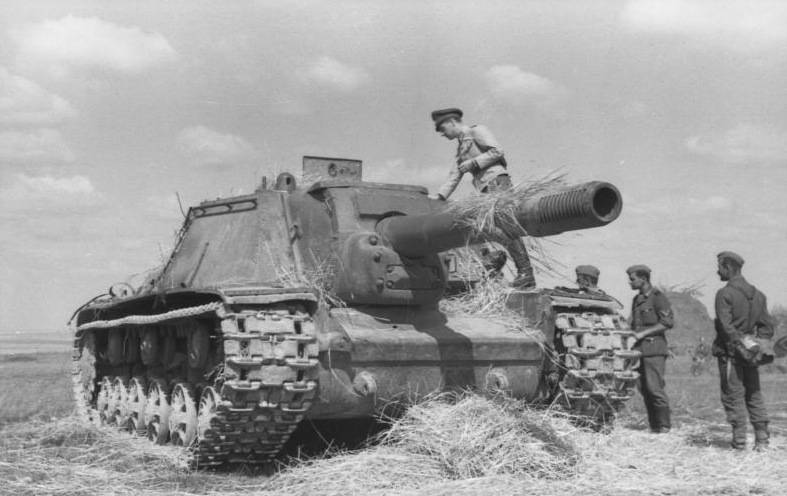
In other words, unlike the Wehrmacht, the Red Army was late in deploying specialized high-power anti-tank guns, and this happened due to the relatively poor booking of German equipment, since before 1943 they simply didn’t have a particular need. Alas, when this need was realized, rearmament could not be done in a single moment. And the consequence of this was that in 1943, the brunt of the fight against fascist armored vehicles fell on the old and modernized forty-fives, and on universal guns with the caliber 76,2-mm F-34 and ZiS-3. Moreover, our guns also had problems with the quality of armor-piercing projectiles, as a result, for the 76,2-mm artillery systems, the industry was forced to switch to the production of steel pigs 53-BR-350SP, which, although they had acceptable armor penetration, but did not carry explosive substances.
That is, at the time when the German VET provided breakdown of armor and a gap inside the domestic tank of shells with a caliber of 75-mm and more, domestic VET fought either with an 45-mm projectile, which was able to penetrate 25-30 mm of the "triples" and "fours" and disable them, but with a small zabronievy action, or 76,2-mm monolithic pigs or sabot projectiles, whose zabrevievy action was also low. Such projectiles, of course, could also destroy the enemy tank, but with rare exceptions, they destroyed some of its components and assemblies, but could not completely destroy the tank or SPG.
In other words, the main reason for the relatively high level of irretrievable losses of tanks and self-propelled guns of the USSR in 1943, against the background of German tanks, was the lack of specialized anti-tank guns capable of turning enemy tanks into a pile of scrap metal from 1-2 hits. Strange as it may seem, even in these conditions, the Soviet VET did very well with its duties, its hit incapacitated enemy tanks and self-propelled guns - but the problem was that, due to the relatively low level of domestic projectiles, was commissioned. At the same time, the German 75-88-mm artillery systems left the same "thirty-four" significantly less chance of a "second life after a major overhaul."
And finally, the last. At the beginning of 1943, the Germans practically excluded light armored vehicles from their combat formations - their TI, T-II and other Czech models made up just over 16% in the total number of tanks and SPGs - from 7, 927 tanks and SPG with which the Wehrmacht met the new, 1943 year, those were only 1 284 units. At the same time, the share of light armored vehicles in the tank forces of the Red Army on 01.01.1943 was 53,4% - from 20,6 thousand tanks of the USSR 11 thousand were light. In addition, the production of light equipment in the USSR continued in 1943, while in Germany the production of such tanks was completely curtailed.
Thus, we see that there was a mass of objective reasons for which the irretrievable losses of tanks and self-propelled guns of the USSR were significantly superior to the German ones in 1943. And they were completely unrelated to the martial art of the Red Army and the qualities of Soviet tankmen. In order to compare the level of combat training of tank troops of the Wehrmacht and the Red Army, it is necessary to compare the general, that is, return and irretrievable losses of armored vehicles of the parties, but this analysis cannot be done, due to the lack of reliable data from the German side. A comparison of only irretrievable losses is completely pointless, because for the reasons stated above, the Germans irretrievably lost 100-20 vehicles from our 30 German tanks and ours to 44 and more.
But the crux of the matter lies in the fact that both sides in our example, by the results of the battles, lost the tanks hit by 100, not 20-30 and not 44. And as a result of this uncomplicated arithmetic, the German tank divisions, having irretrievably lost all 15-20% of their initial combat strength, turned out to be combat-ready machines before the steel roller rolling on them in front of the Red Army. And, of course, they could no longer help their infantry and other units.
And then, after the war, the same E. von Manstein, describing his "victories" on the Kursk Bulge and the "successful" retreat of the troops entrusted to him, during which they, of course, not only fully retained their combat capability, but also defeated many times greater the “hordes of the Red Army” that are attacking them after literally a few pages are forced, reluctantly, to describe the real state of the troops they had withdrawn to the Dnieper:
And these words of the German field marshal are a real indicator of how the Red Army fought in 1943.
To be continued ...
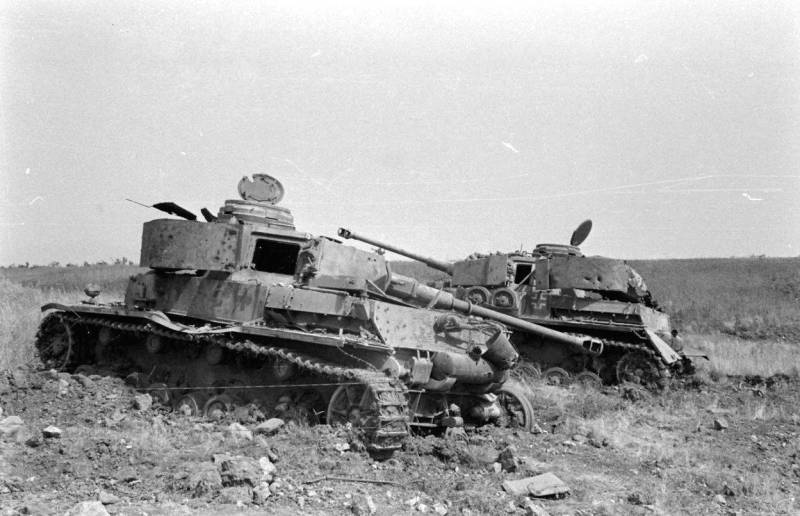
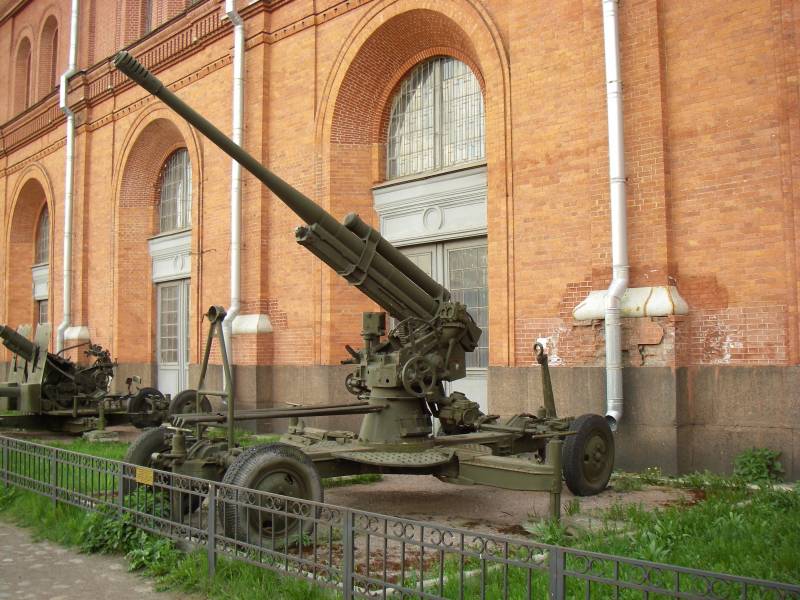
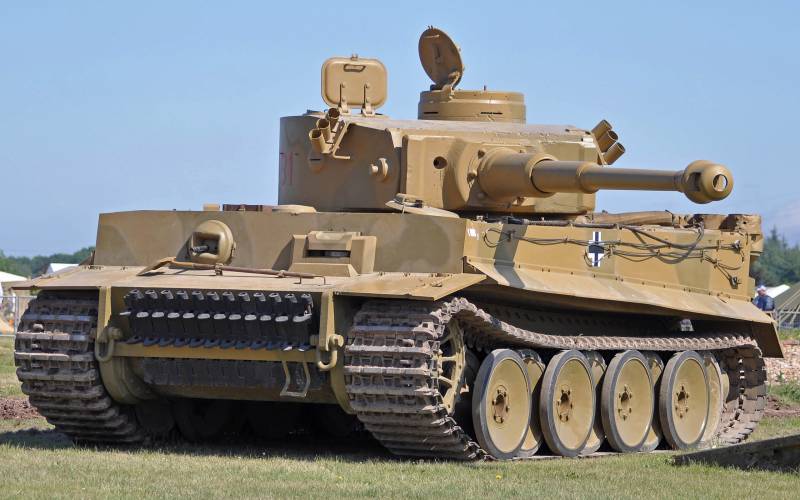
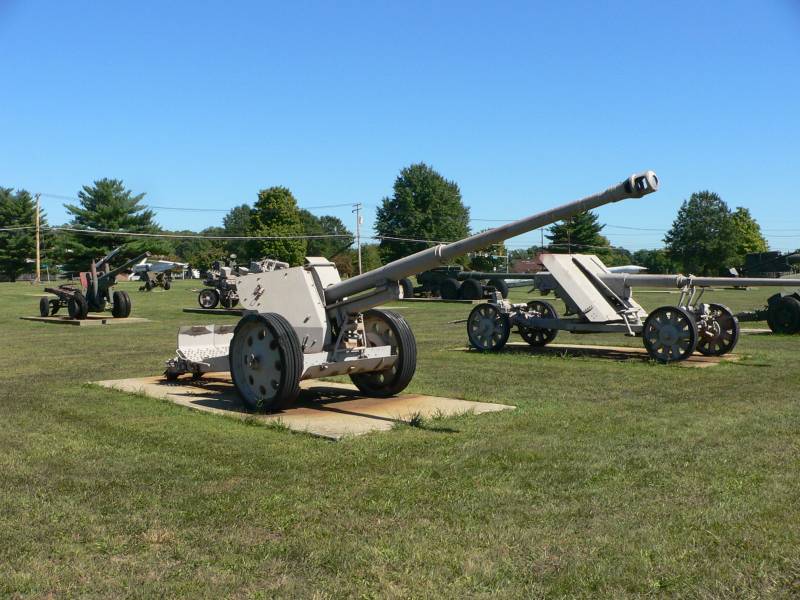
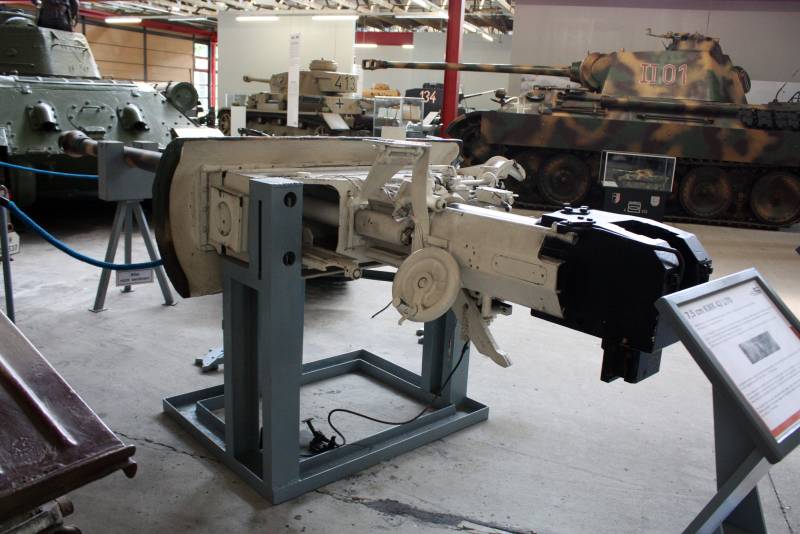
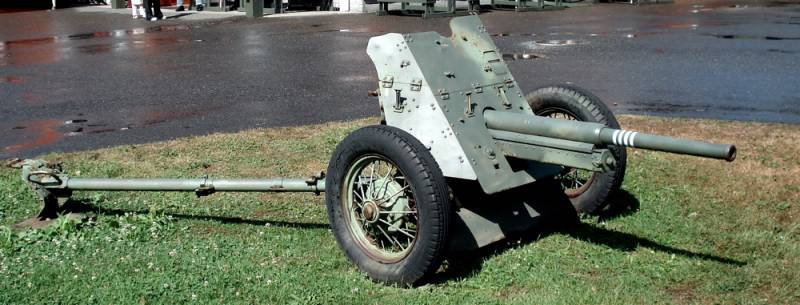
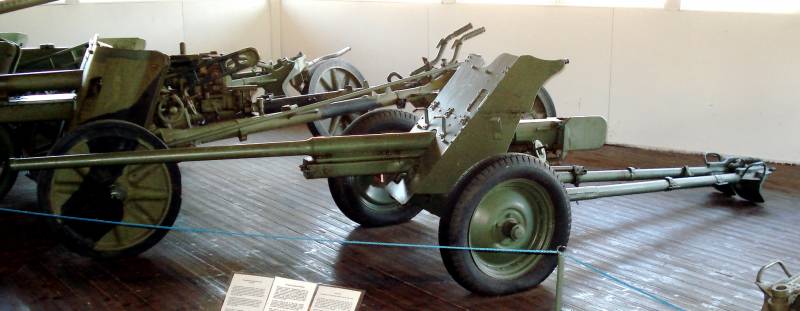
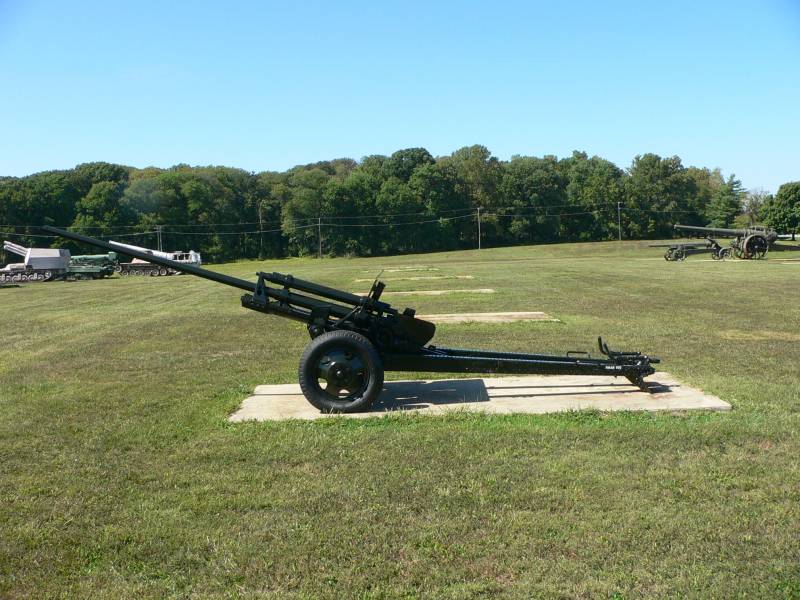
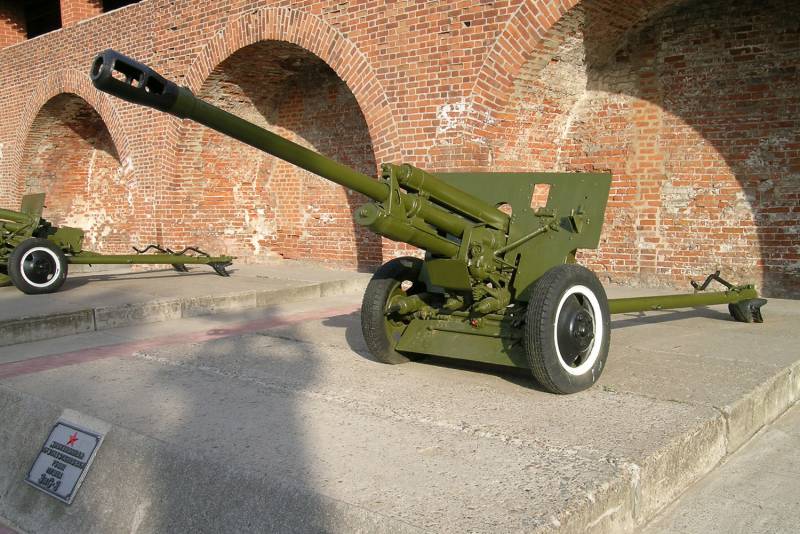
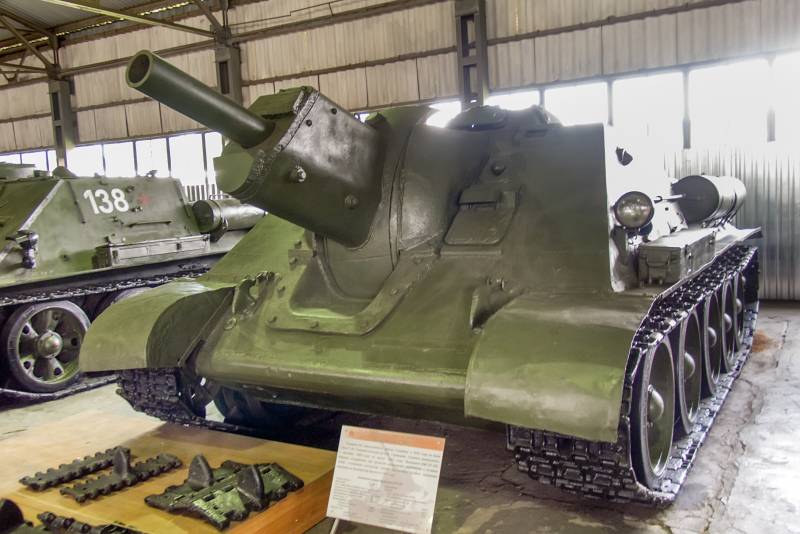
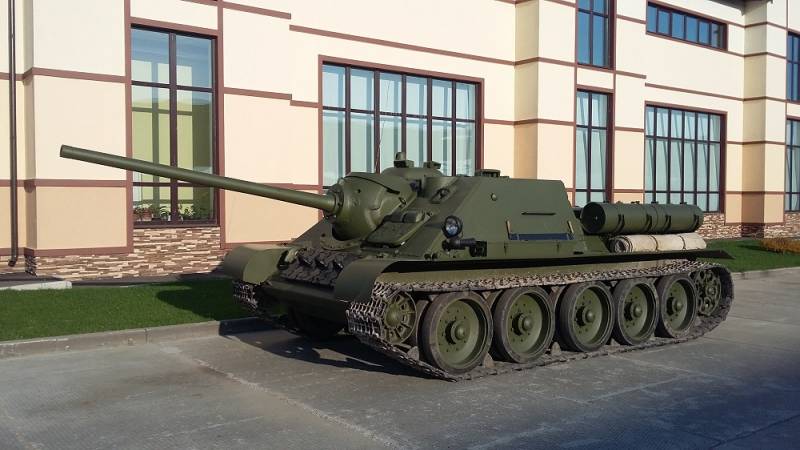
Information